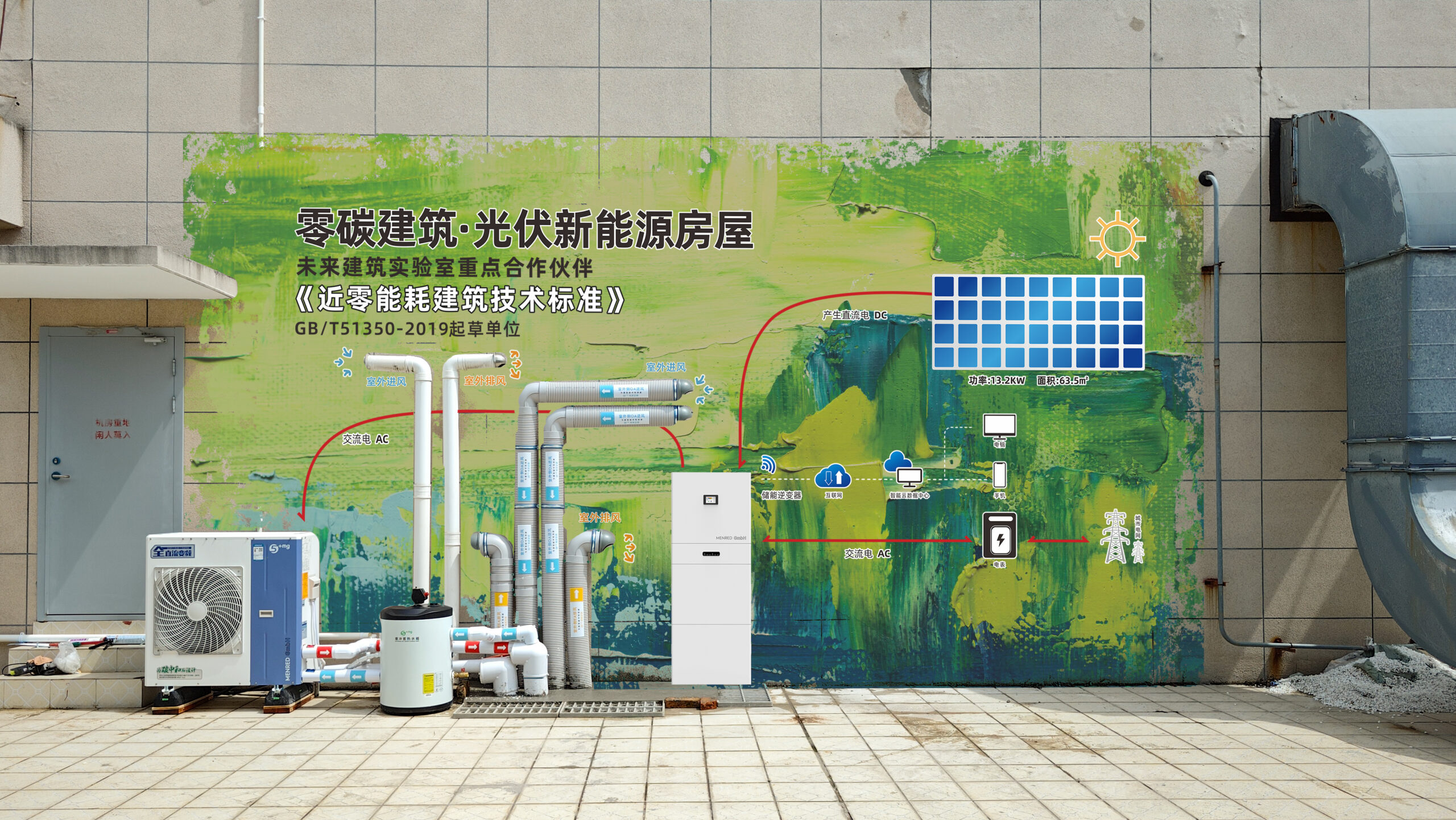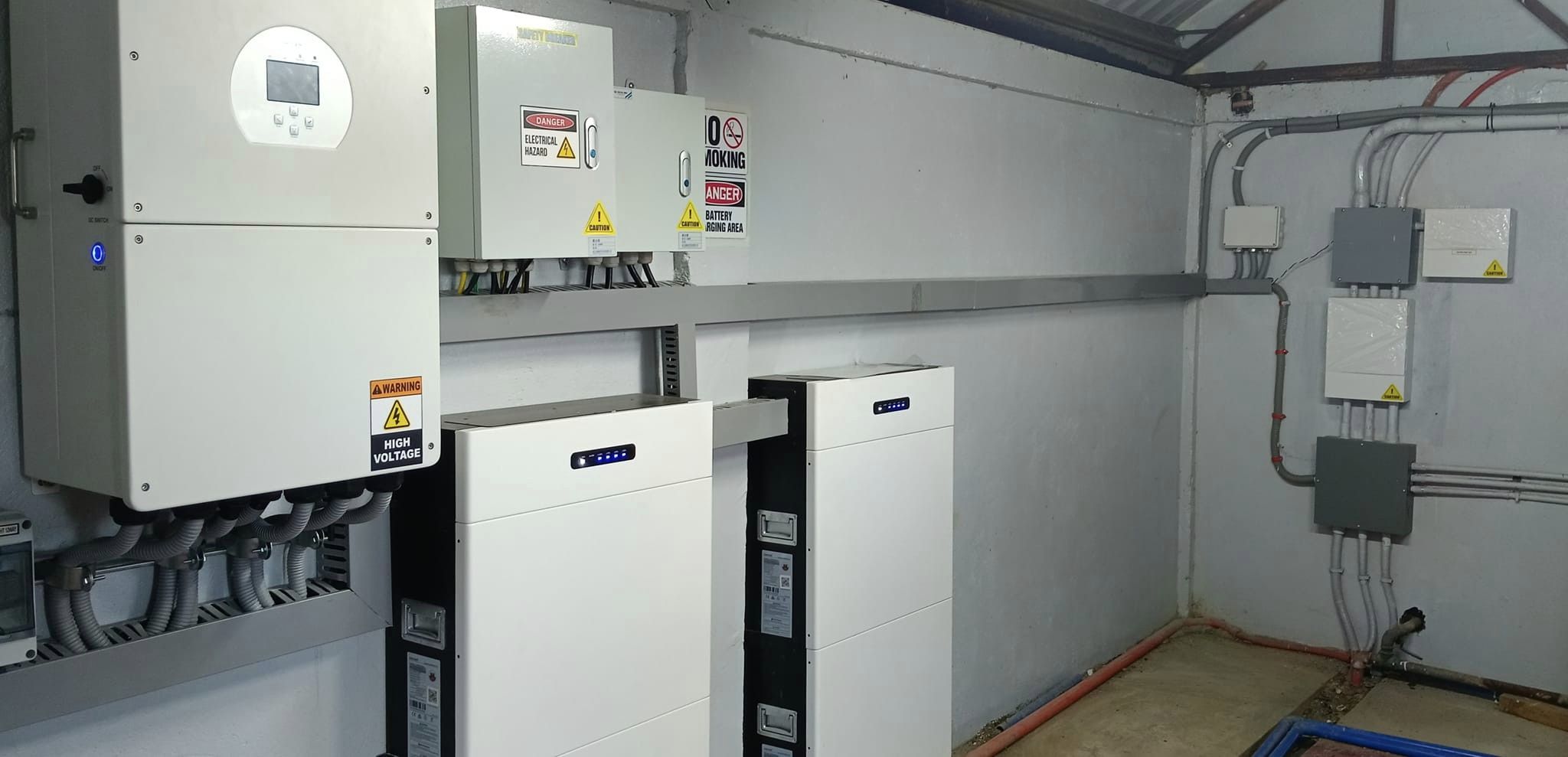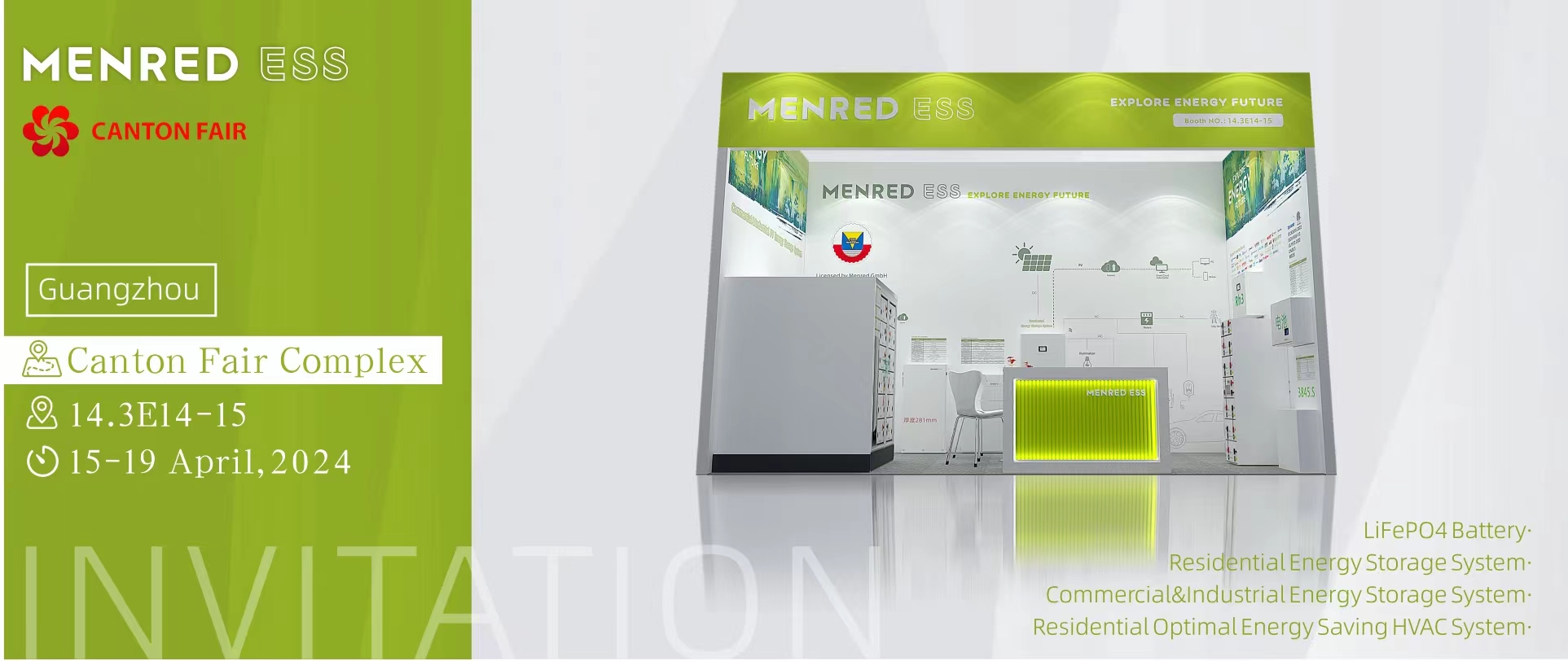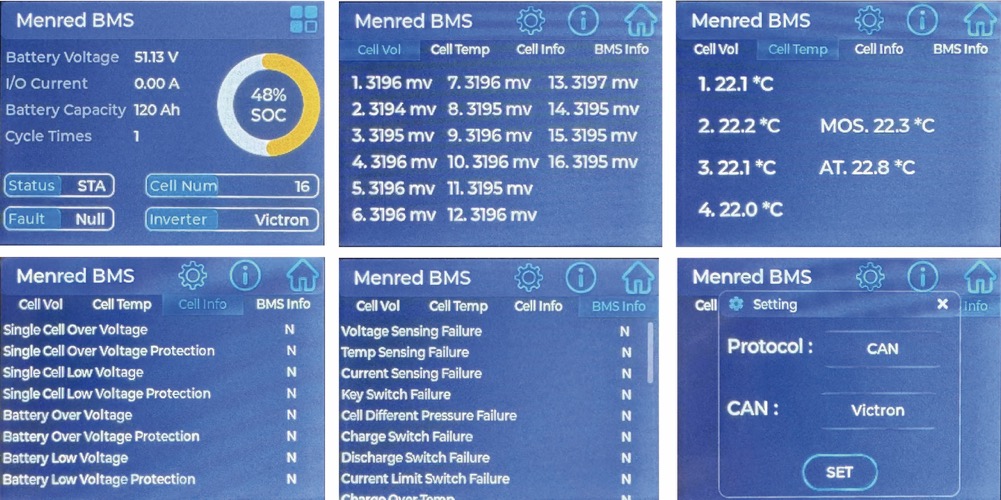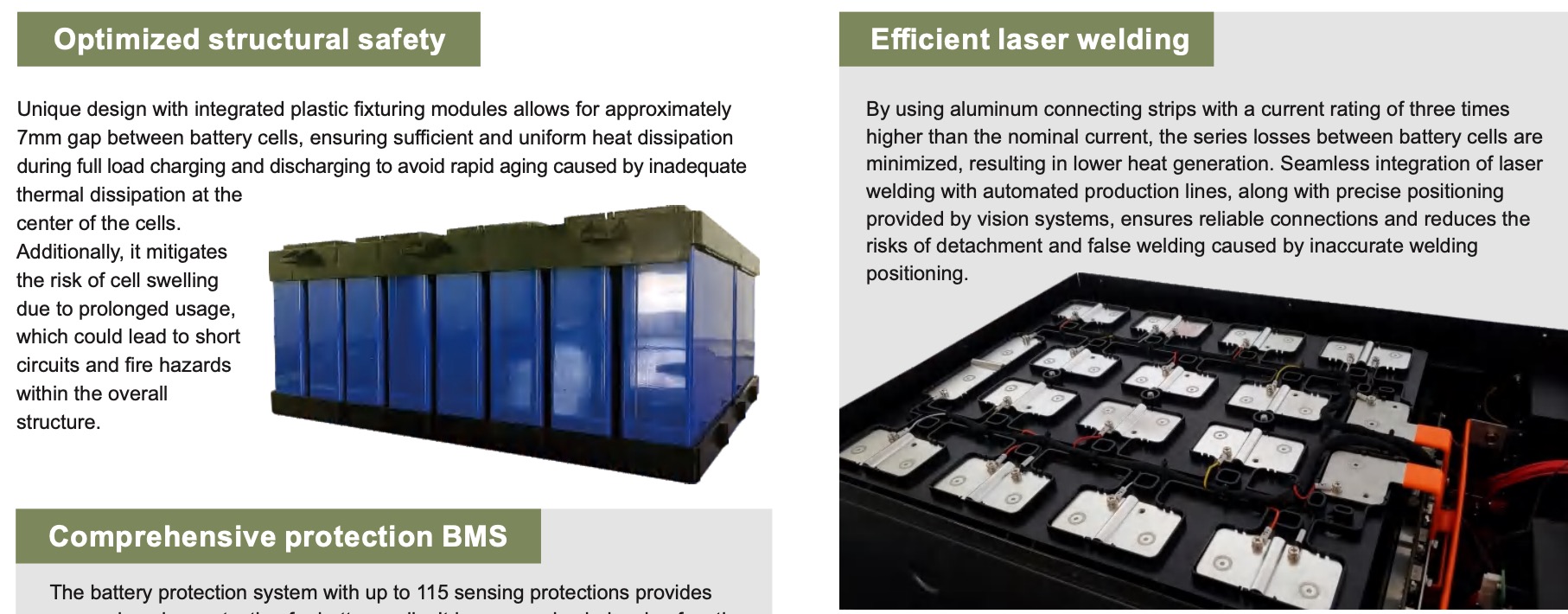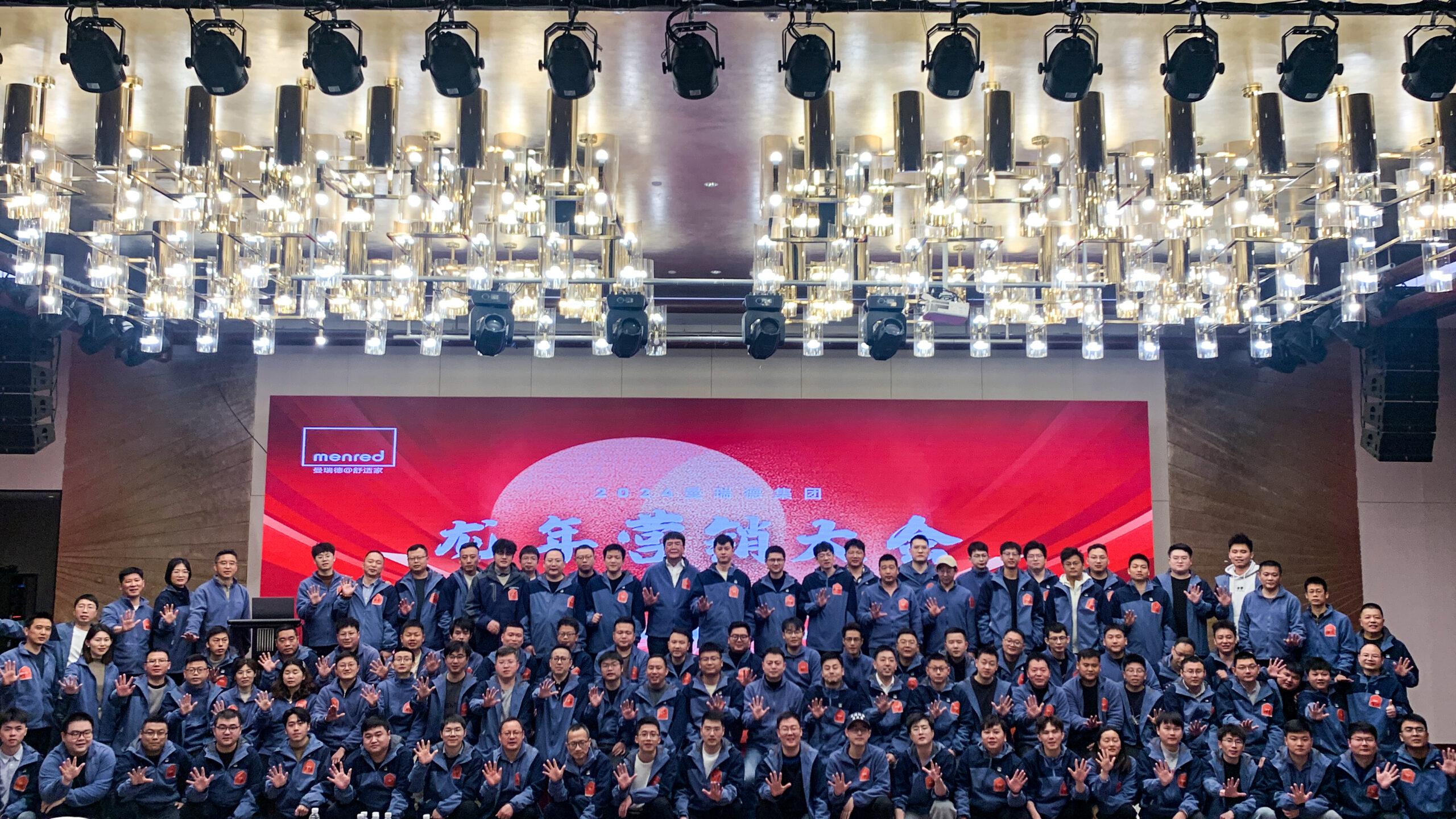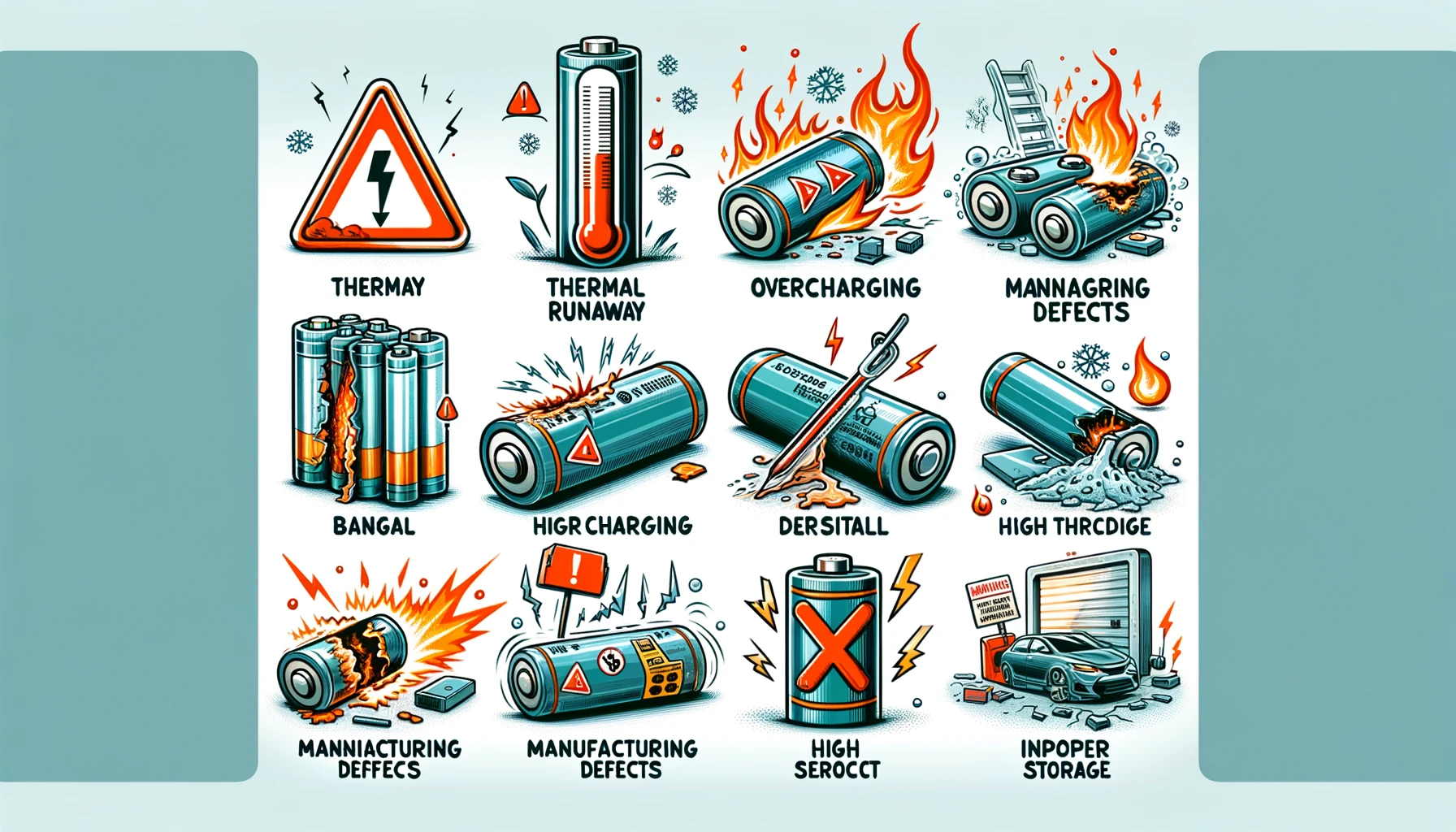Residential case
With the increasing attention paid to environmental protection and sustainable development, zero-energy green buildings have become a popular innovative solution in the construction industry to reduce the impact of buildings on the environment. Zero-energy green buildings use advanced technologies and methods to minimize or eliminate energy consumption, thereby reducing their impact on the environment. In this article, we will introduce a zero-energy green building solution that uses photovoltaic power generation and energy storage systems (ESS), and explore how this solution can meet the energy needs of a building without relying on the national grid.
Zero-Energy Green Building Solution
This zero-energy green building solution uses a 13.2 kW photovoltaic panel, and two 6 kW Menred ESS units connected in parallel, forming a 12 kW, 24.56 kWh battery storage system. This system can store excess solar energy during the day and provide electricity at night to meet the building’s 24-hour energy needs.
The heating, ventilation, and air conditioning (HVAC) system uses the Menred Group’s 5+mg system air conditioning, which is an energy-saving heat pump system that can be used for heating and cooling. This building also contains a fresh air system and a clean water system. The entire system uses Menred ESS’s solar energy storage system to reduce energy consumption and provide a more comfortable indoor environment. The benefits of using this system are manifold. It can reduce the building’s energy demand, thereby reducing energy consumption and associated costs. Additionally, it can reduce the building’s impact on the environment, making it more eco-friendly. Most importantly, this system can improve indoor air quality, providing a healthier, more comfortable indoor environment.
Advantages of Zero-Energy Green Building Solutions
The benefits of adopting this building solution are evident. Firstly, it can reduce the building’s impact on the environment. Photovoltaic power generation and energy storage systems can reduce or eliminate the building’s energy consumption, thereby reducing its negative impact on the environment. Secondly, it can reduce energy consumption and associated costs. The use of solar power generation and energy storage systems can reduce the building’s energy consumption and associated costs. Finally, it can increase the value of the building. Zero-energy green buildings are an advanced technology and method that can bring greater value and potential to the construction industry.
This building solution provides an innovative and promising solution to address environmental and sustainable development issues. It reduces the building’s impact on the environment, minimizes energy consumption and associated costs, and increases the building’s value and potential. This solution will contribute to future sustainable development and eco-friendliness, and we should strive to create a better future.
In addition to the aforementioned benefits, zero-energy green buildings have other related benefits. Firstly, these buildings can greatly reduce greenhouse gas emissions, which are a significant factor in global climate change. Secondly, they can improve indoor air quality by reducing pollutants and providing a healthier living space. Thirdly, zero-energy green buildings can help reduce dependence on fossil fuels and promote the use of renewable energy.
Zero-energy green buildings provide a promising solution to reduce the impact of buildings on the environment while providing a comfortable living space.

